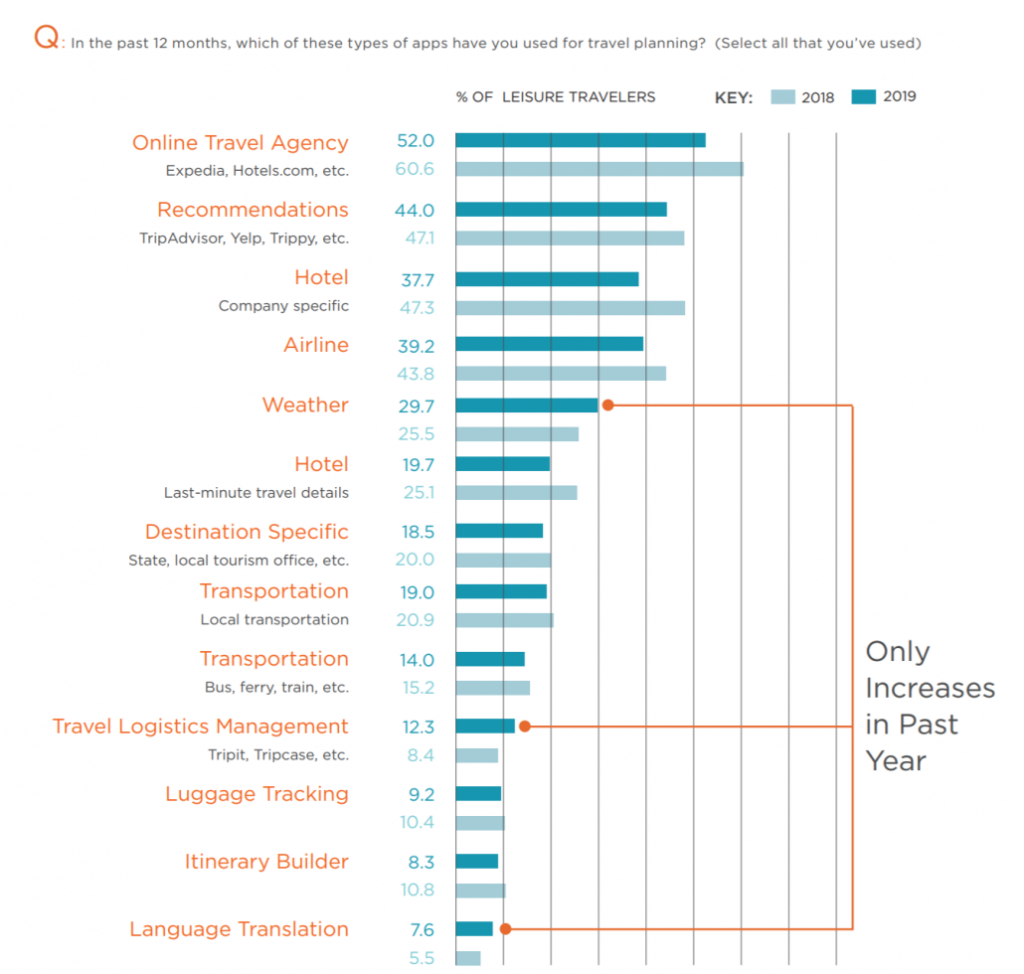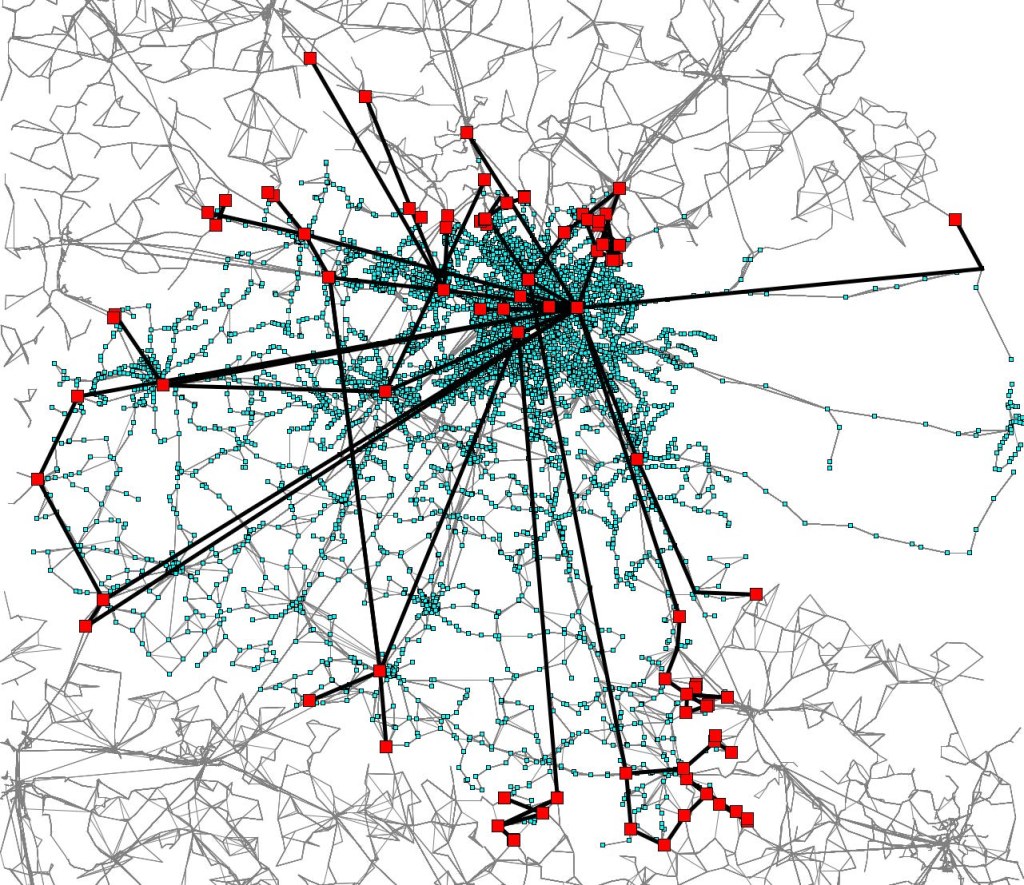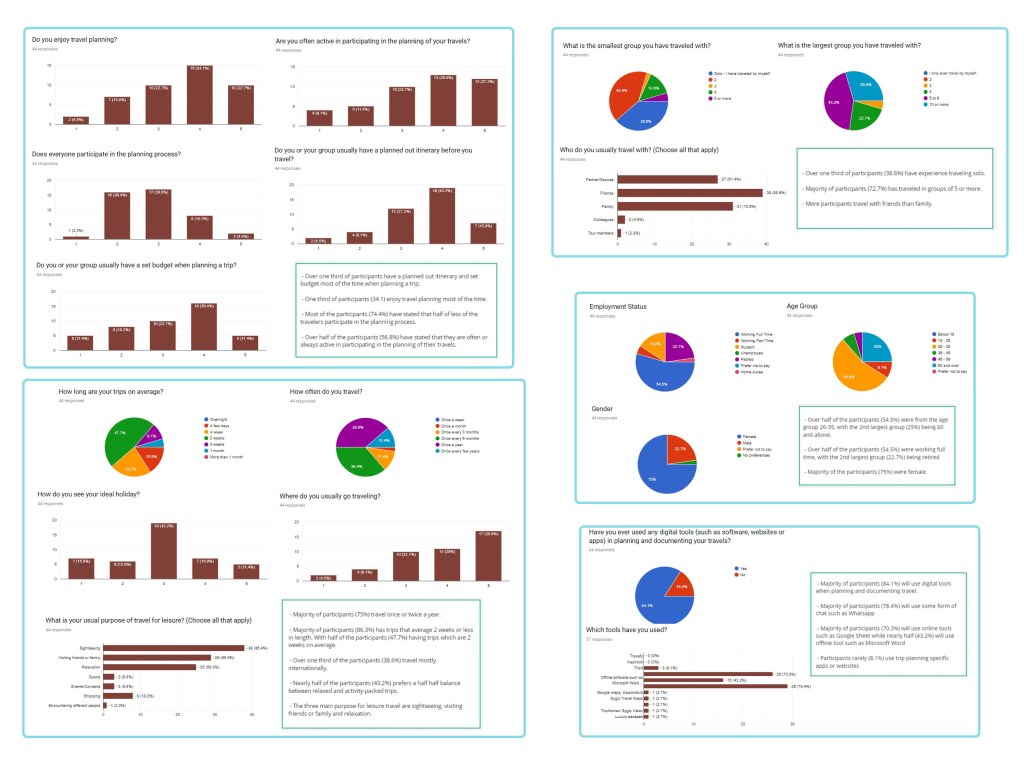Travel Planner Using Graphs: A Powerful Tool for Efficient Itinerary Management
Greetings, Readers! Today, we are going to explore the world of travel planning with the help of graphs. Imagine having an efficient tool that can optimize your itinerary, saving you time and ensuring you make the most of your travel experience. In this article, we will delve into the concept of a travel planner using graphs, its benefits and drawbacks, and how it can revolutionize the way you plan your trips. So, fasten your seatbelts and let’s embark on this exciting journey!
Introduction
Travel planning can often be a daunting task, especially when you have limited time and a plethora of destinations to explore. This is where a travel planner using graphs comes into play. By leveraging the power of data visualization, this innovative tool allows travelers to optimize their itineraries, making informed decisions about destinations, routes, and time management.
At its core, a travel planner using graphs relies on graph theory, a mathematical concept that represents relationships between different elements. In the context of travel planning, these elements can be destinations, modes of transport, or even attractions within a particular location. By modeling these relationships as a graph, travelers can visualize their itinerary and make strategic decisions to ensure a seamless travel experience.
Now, let’s dive deeper into the various aspects of a travel planner using graphs to gain a comprehensive understanding of its functionalities and benefits.
What is a Travel Planner Using Graphs?
A travel planner using graphs is a digital tool that utilizes graph theory to optimize travel itineraries. It takes into account various factors such as distances between destinations, transportation options, time constraints, and personal preferences to create an efficient plan. By representing these factors as nodes and edges on a graph, the planner can calculate the most optimal routes and schedules, allowing travelers to make the most of their time.

Image Source: destinationanalysts.com
For example, imagine you are planning a trip to Europe and want to visit multiple cities within a limited timeframe. A travel planner using graphs can help you determine the best sequence of cities to visit, taking into account factors like transportation connections, travel times, and even user-generated reviews of attractions. This way, you can optimize your itinerary and make the most of your European adventure.
Who Can Benefit from a Travel Planner Using Graphs?
A travel planner using graphs is a versatile tool that can benefit a wide range of travelers. Whether you are a solo backpacker, a family on vacation, or a group of friends exploring a new destination, this tool can help you streamline your travel plans and make informed decisions. Additionally, travel agencies and tour operators can also leverage the power of a travel planner using graphs to create customized itineraries for their clients, ensuring a memorable and efficient travel experience.
When Should You Use a Travel Planner Using Graphs?
A travel planner using graphs can be a valuable resource at various stages of your travel planning process. Whether you are in the initial stages of brainstorming destinations or fine-tuning your itinerary, this tool can assist you in making informed decisions. Additionally, if you encounter unexpected changes during your trip, such as flight cancellations or closures of tourist attractions, a travel planner using graphs can help you quickly adapt and create alternative plans. The flexibility and adaptability of this tool make it a valuable companion for travelers throughout their journey.
Where Can You Access a Travel Planner Using Graphs?
With the increasing popularity of travel planning tools, travel planners using graphs are now readily accessible online. Many websites and mobile apps offer these functionalities, allowing users to create, optimize, and share their itineraries seamlessly. Additionally, some travel planners using graphs also provide real-time updates and notifications, ensuring travelers stay informed about changes or disruptions during their trip. So, whether you prefer using a web-based platform or a mobile app, you can easily find a travel planner using graphs that suits your needs.
Why Should You Consider Using a Travel Planner Using Graphs?
The advantages of using a travel planner using graphs are numerous. Firstly, it allows you to save time and effort by automating the process of itinerary creation. Instead of manually researching and planning every aspect of your trip, a travel planner using graphs does the heavy lifting for you, providing you with optimized routes and schedules.

Image Source: medium.com
Secondly, a travel planner using graphs enables you to make informed decisions based on real-time data and user-generated reviews. By incorporating data from various sources like transportation providers, tourist attractions, and fellow travelers, this tool ensures that you have all the necessary information at your fingertips.
However, it is important to note that there are also some limitations and drawbacks to using a travel planner using graphs. Let’s explore the pros and cons in more detail.
Advantages of Using a Travel Planner Using Graphs
1. Optimized Itineraries 🌟
A travel planner using graphs can help you create optimized itineraries, considering factors like travel times, distances, and personal preferences. This ensures that you make the most of your time and visit the destinations that matter most to you.

Image Source: medium.com
2. Real-Time Updates 📅
Many travel planners using graphs provide real-time updates and notifications, keeping you informed about any changes or disruptions during your trip. This allows you to adapt your plans accordingly and make the most of unexpected situations.
3. Data-Driven Decisions 📊
By incorporating data from various sources, a travel planner using graphs enables you to make informed decisions based on real-time information. This ensures that you have the most up-to-date and accurate data at your disposal.
4. Customization Options 🎨
Most travel planners using graphs offer customization options, allowing you to tailor your itinerary to your specific needs and preferences. Whether you want to prioritize certain destinations or include specific activities, this tool gives you the flexibility to create a personalized travel experience.
5. Seamless Collaboration 🤝
If you are planning a trip with friends, family, or colleagues, a travel planner using graphs can facilitate seamless collaboration. You can easily share your itinerary with others, make joint decisions, and ensure everyone is on the same page.
Disadvantages of Using a Travel Planner Using Graphs
1. Lack of Spontaneity ⏰
One of the drawbacks of using a travel planner using graphs is the potential loss of spontaneity. By meticulously planning your itinerary in advance, you may miss out on unexpected discoveries or spontaneous detours along the way.
2. Dependency on Technology 📱
Using a travel planner using graphs requires access to technology, such as smartphones or computers. If you encounter technical issues or lack internet access during your trip, you may face challenges in accessing your itinerary or making last-minute changes.
3. Limited Local Insight 🌍
While a travel planner using graphs provides valuable data and recommendations, it may lack the nuanced insights that locals or experienced travelers can offer. Exploring a destination through the eyes of a local can reveal hidden gems and unique experiences that may not be captured by data algorithms.
4. Potential Over-Planning 📆
For some travelers, over-planning can be a downside of using a travel planner using graphs. By meticulously organizing every aspect of your trip, you may leave little room for spontaneity or serendipitous experiences.
5. Information Overload 📚
With the abundance of data available, using a travel planner using graphs can sometimes lead to information overload. Sorting through a vast amount of information and making decisions based on multiple data points can be overwhelming for some users.
Frequently Asked Questions (FAQs)
1. Can I use a travel planner using graphs for international trips?
Absolutely! Whether you are planning a domestic getaway or an international adventure, a travel planner using graphs can assist you in optimizing your itinerary and making informed decisions.
2. Are travel planners using graphs suitable for solo travelers?
Yes, travel planners using graphs are suitable for solo travelers as well. In fact, they can be particularly beneficial for solo adventurers who want to maximize their time and explore multiple destinations efficiently.
3. Can I modify my itinerary on the go using a travel planner using graphs?
Many travel planners using graphs provide the functionality to modify your itinerary on the go. Whether you need to make last-minute changes or adapt to unforeseen circumstances, these tools offer flexibility and real-time updates.
4. Are there any costs associated with using a travel planner using graphs?
The cost of using a travel planner using graphs varies depending on the platform or service provider. While some tools offer free basic functionalities, others may require a subscription or offer premium features at an additional cost. It is advisable to explore different options and choose one that aligns with your budget and requirements.
5. Can I use a travel planner using graphs for business trips?
Absolutely! A travel planner using graphs can be a valuable resource for business travelers as well. It can assist in optimizing travel routes, maximizing productivity during layovers, and ensuring a seamless travel experience.
Conclusion
In conclusion, a travel planner using graphs is a powerful tool that can revolutionize the way you plan and experience your trips. By leveraging the principles of graph theory and data visualization, this tool enables travelers to optimize their itineraries, make informed decisions, and save time and effort. While it has its advantages and disadvantages, the benefits of using a travel planner using graphs outweigh the drawbacks, making it a valuable companion for both leisure and business travelers.
So, why not embark on your next adventure armed with a travel planner using graphs? Explore new destinations, create unforgettable memories, and make the most of your travel experiences with this innovative tool. Happy travels, and may your journeys be filled with joy, discovery, and efficiency!
Final Remarks
Disclaimer: While a travel planner using graphs can significantly enhance your travel planning experience, it is important to remember that it should be used as a tool and not as a definitive guide. It is always advisable to consult reliable travel resources, consider local regulations and customs, and prioritize personal safety when planning and embarking on your trips. The information provided in this article is for informational purposes only and should not be considered as professional advice or endorsement of any particular travel planner using graphs. Travel responsibly, respect the environment and local communities, and always prioritize your well-being and that of others.